PERFORATED EARDRUM
What is
Perforated Eardrum?
An ear drum perforation is a relatively common finding for an otologist (ear specialist). Perforations can come in many different sizes, from small pinholes to complete loss of all eardrum tissue.
How is it caused?
The most common cause of perforation is an ear infection. When the infected fluid behind the eardrum builds up, the pressure can become so strong that it bursts open the eardrum and releases out of the ear. The patient usually notices a sudden relief in pressure and pain, but there is drainage from the ear and hearing loss does not improve, even when the infection is cleared.
Other causes of ear drum perforation include: foreign objects (Q-tips), head trauma, sudden pressure changes (air travel, skydiving), diving injuries, cholesteatoma, chronic eustachian tube dysfunction, post-surgical (after ear tube placement).
What tests are required for diagnosis?
Usually, an otologist (ear specialist) can look in your ear with an otoscope and quickly tell if there is a hole in your ear drum. An otologic microscope is also useful to look through the perforation and assess the condition of the structures behind the eardrum. This helps with surgical planning.
Before a procedure to close the perforation, your otologist may request:
- Audiogram (hearing test)
- Tympanogram (checks movement of eardrum)
- CT scan (confirms the status of other hidden structures behind the eardrum)
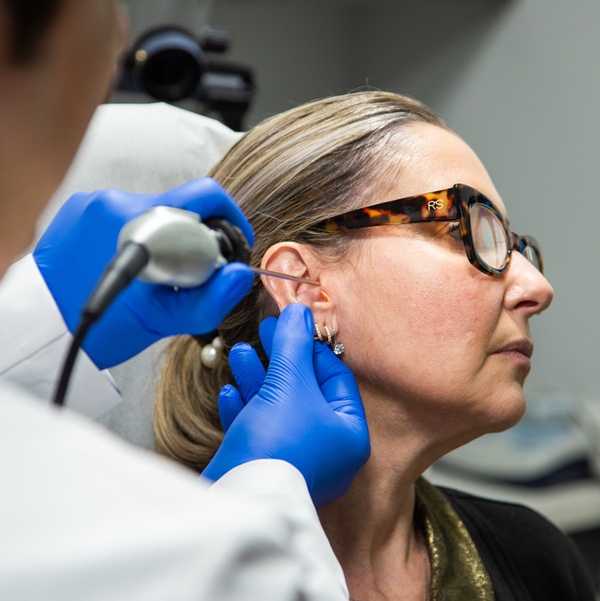
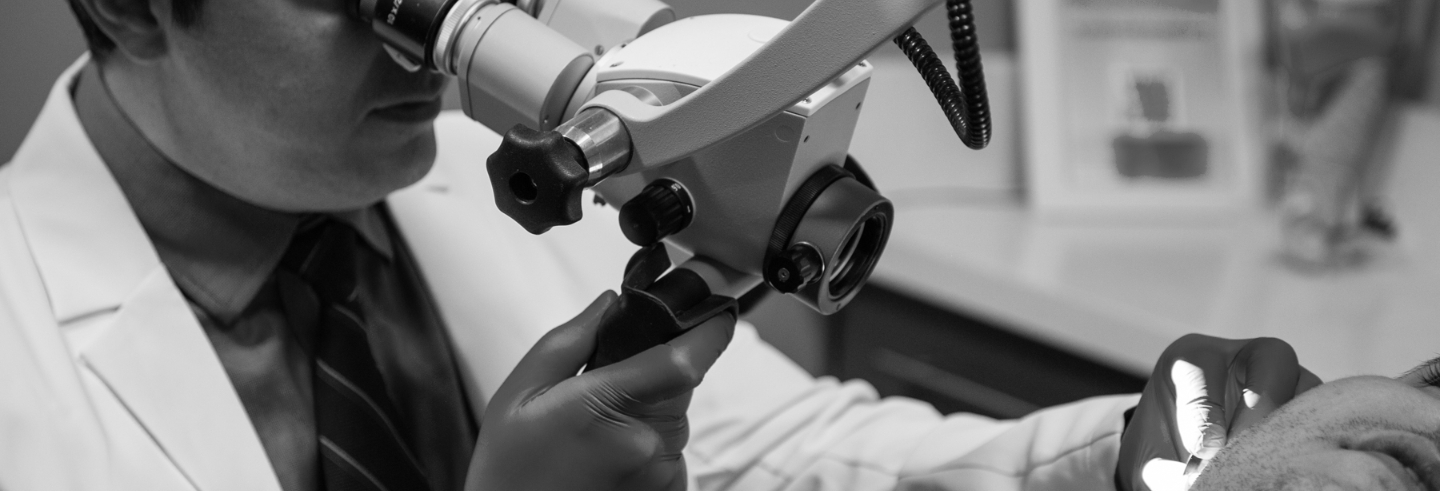
What are possible complications of the surgery?
Possible complications of surgery for a perforated eardrum include infection, which may necessitate antibiotic treatment. There is a risk of temporary or permanent hearing loss following the procedure. Some individuals may experience tinnitus or ringing in the ear post-surgery. Balance issues such as dizziness or vertigo may occur due to changes in the inner ear. Facial nerve injury and formation of scar tissue at the surgical site are also potential risks.
What are my surgical options to repair the hole in the ear drum?
Depending on the size of the perforation, your ear specialist may decide on the best method of treating it.
Small perforations (1-15% of ear drum)
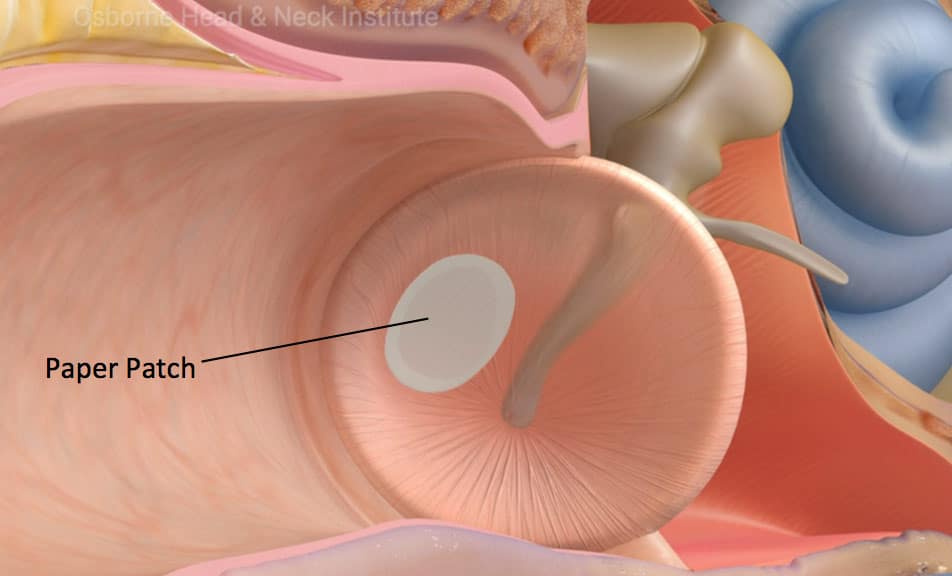
These perforations can usually heal on their own after several weeks. If still present, your otologist may offer a paper patch or a fat graft procedure to repair the perforation. The paper patch procedure is relatively simple and can be performed in the office under local anesthesia.
Medium perforations (15-35% of ear drum)
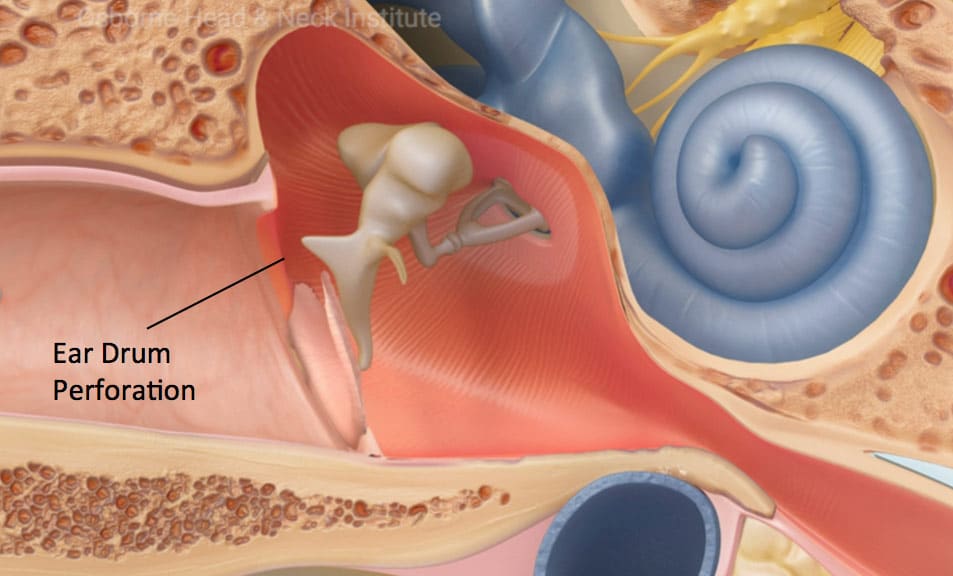
These perforations are usually too large to close on their own and need some type of surgical intervention. Even though they’re still relatively small, the paper patch may not always be appropriate to successfully close the defect. Your otologist may offer another minimally invasive procedure known as a fat graft myringoplasty. The very small piece of fat is taken from a tiny incision in behind your ear lobe. The fat is then placed inside the perforation and works by promoting your own tissue to heal using the fat as scaffolding material.
Large perforation (35%-100% of ear drum)
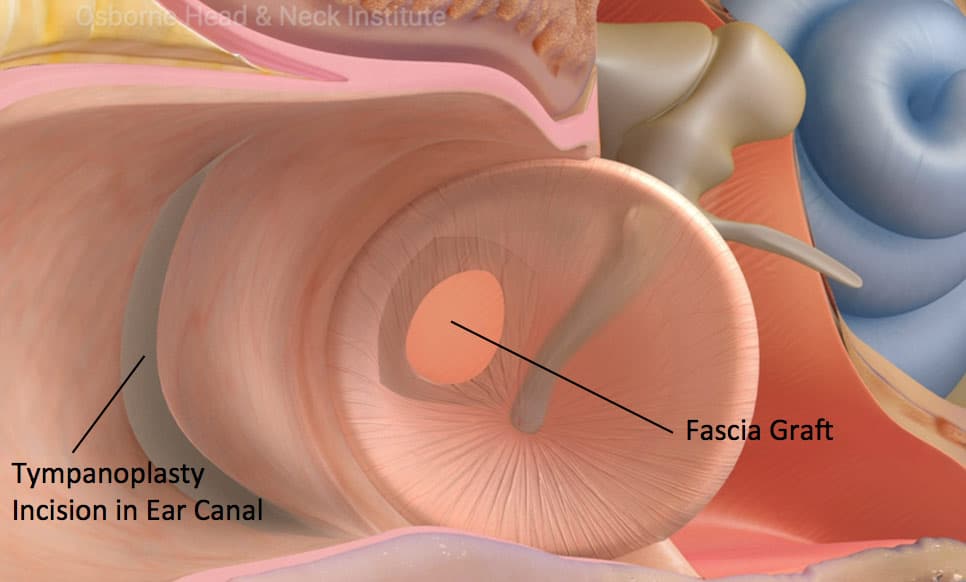
Large perforations should never be attempted to be repaired with a paper patch procedure. The smaller of these perforations can sometimes be repaired using fat, but usually they require a more formal closure in the operating room. Depending on the size and location of the perforation, your otologist may recommend performing the operation through the ear canal or through a small incision behind the ear. Both operations have their advantages and disadvantages.
What can happen if I avoid surgery?
Firstly, the perforation may not heal on its own, potentially leading to ongoing issues such as recurrent ear infections or hearing loss. Secondly, the risk of complications like cholesteatoma (a growth in the middle ear) or ossicular chain damage (which affects hearing) may increase over time. Additionally, persistent perforations can make you more susceptible to water entering the middle ear, increasing the risk of infections. Lastly, prolonged untreated perforations may result in chronic symptoms such as ear pain, discharge, or balance problems.
Tympanoplasty is sometimes performed together with other procedures to correct related problems in the middle ear. These procedures include:
Ossiculoplasty (reconstruction of the ossicles, which are the tiny bones in the middle ear) to fix the connections among the ossicles, which are attached to the eardrum and help amplify sound. The three ossicles are named malleus, incus, and stapes.
Mastoidectomy removes diseased cells from the mastoid bone in the skull, behind the ear. Tympanomastoidectomy is used for patients with chronic middle ear infections that cause inflammation of the mastoid (mastoiditis), or to remove cholesteatomas (skin growths).
What is the recovery after the surgery?
The procedure is usually performed in an outpatient surgery center, meaning that patients go home the same day. There is very little pain that can be controlled with simple medications. Patients can usually start doing light activity around the house and office the following day.
After 2 weeks, your otologist will examine your ear and remove any remaining packing in the ear. Your hearing may be muffled until the excess packing is removed. Although some patients notice improvement in hearing right after the packing is removed, the majority of patients feel the maximum improvement about 4 to 8 weeks after the surgery.
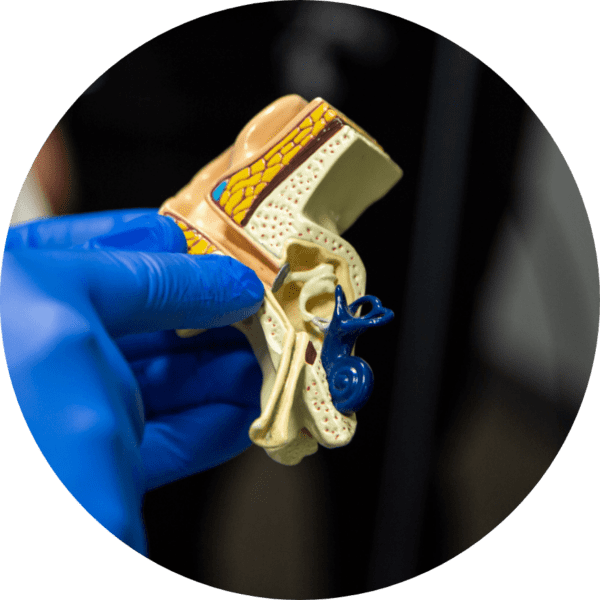
The duration of the surgery depends on the extent of repairs. Repair of a small eardrum perforation may take only a few minutes, while more complex surgeries that require reconstruction of the ossicles or removal of the mastoid bone may last several hours.
Still have questions regarding the condition?
While the information in this website may be helpful, it will never fully relate ear treatment to you. If you are facing any ear problem, please call our office and one of our representatives will talk to you.
CONTACT USTESTIMONIALS
What are patient say about us
Thanks to the expert care and skillful ear surgery I received, my life has been transformed. I can hear clearly again, and I’m forever grateful for the life-changing experience provided by the talented team
“Dr. Nazarian, who gave me back the wonderful gift of hearing!”
“Since the very first time of seeing Dr. Nazarian, I feel that I have been in the best of care- and from the first day and through the my surgery, I have felt that Dr. Nazarian is a very compassionate and caring doctor- more than I have ever seen. I feel very fortunate to have been referred to Dr. Nazarian. He is the best!”